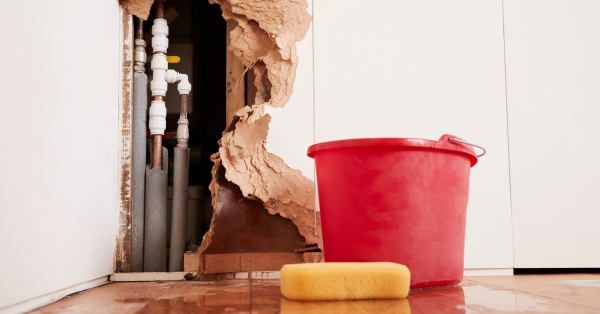Water damage can occur unexpectedly and cause significant distress and destruction. Knowing the steps to take immediately after water damage can make a critical difference in minimizing the impact on your property and ensuring a swift recovery. Here’s a comprehensive guide on the actions you should take following water damage, from immediate safety measures to long-term restoration and insurance processes.
Immediate Actions
Ensure Safety
The first and foremost priority after water damage strikes is to ensure the safety of all occupants. Depending on the severity of the damage, it might be necessary to evacuate the premises. Water can carry electrical hazards, especially if it has come into contact with electrical appliances or outlets. Always assume that the water may be electrically charged and take appropriate precautions. Avoid walking through standing water and, if possible, shut off the power supply to prevent electrocution.
Stop the Water Source
Identifying and stopping the source of the water is crucial to prevent further damage. If the water damage is due to a burst pipe, a leaking roof, or an overflowing appliance, locate the main water shut-off valve and turn it off. If the source is external, such as flooding from heavy rains, you may need to take temporary measures to block additional water from entering, such as using sandbags.
Minimize Electrical Hazards
As mentioned, water and electricity are a dangerous combination. Once the main power supply is turned off, unplug any electrical devices and appliances that may have been affected by the water. Avoid using any electrical items that have been exposed to moisture until they have been thoroughly inspected and deemed safe. This is essential to prevent electrical fires and other hazards.
Protecting Your Belongings
Remove Salvageable Items
Once it is safe to enter the affected area, begin by removing any salvageable items to prevent further damage. Prioritize items of sentimental or high value, such as important documents, photographs, and electronics. Move these items to a dry, safe location where they can be assessed and dried out. Be cautious when handling water-damaged items, as they may be fragile or mold-infested.
Document the Damage
Before you start any cleanup efforts, document the extent of the damage. Take detailed photographs and videos of all affected areas and items. This documentation is vital for insurance purposes and can support your claims process. Be thorough, capturing the condition of walls, floors, ceilings, and personal belongings. This evidence will be critical when discussing the extent of the damage with your insurance company and restoration professionals.
Drying and Restoration
Promote Air Circulation and Dehumidification
To prevent mold growth and further damage, it is essential to start the drying process as soon as possible. Open windows and doors to promote air circulation. Use fans and dehumidifiers to help remove moisture from the air and speed up the drying process. The faster you can dry out the affected areas, the less likely you are to face severe mold problems, which can develop within 24 to 48 hours after water exposure.
Assess Professional Help
While some minor water damage incidents can be managed independently, significant damage often requires professional assistance. Professional water damage restoration companies, like Fine Restoration, have specialized equipment and expertise to handle extensive water damage effectively. They can perform thorough assessments, provide comprehensive drying and dehumidification services, and ensure that all affected areas are restored properly.
For Water Damage Restoration in Kansas City, Fine Restoration offers high-quality services, ensuring your property is restored to its pre-damage condition efficiently and effectively.
Insurance and Recovery
Contacting Your Insurance Company
As soon as you have documented the damage, contact your insurance company to report the incident. Provide them with all necessary documentation, including photos, videos, and an inventory of damaged items. An adjuster will likely be sent to assess the damage in person. Be prepared to discuss the details of the incident and provide any additional information requested by the insurance company.
Mitigating Further Damage and Mold Growth
While waiting for professional help or insurance adjustments, take steps to mitigate further damage and prevent mold growth. Continue using dehumidifiers and fans to keep the area as dry as possible. Remove any remaining standing water using mops, wet vacuums, or absorbent materials. Clean and disinfect affected areas to reduce the risk of mold and mildew. Pay special attention to hidden areas where moisture can accumulate, such as under carpets, behind walls, and inside cabinets.
Conclusion
Dealing with water damage can be overwhelming, but taking immediate and informed actions can significantly reduce the overall impact and facilitate a smoother recovery process. From ensuring safety and stopping the water source to protecting belongings and contacting your insurance company, every step plays a crucial role in restoring your home.
Remember that professional help, like the services provided by Fine Restoration, can be invaluable in effectively managing water damage restoration and ensuring your property is safe and secure once more.
Read More Articles: The Key Benefits of Advertising on Amazon: Why Your Brand Should Invest.















